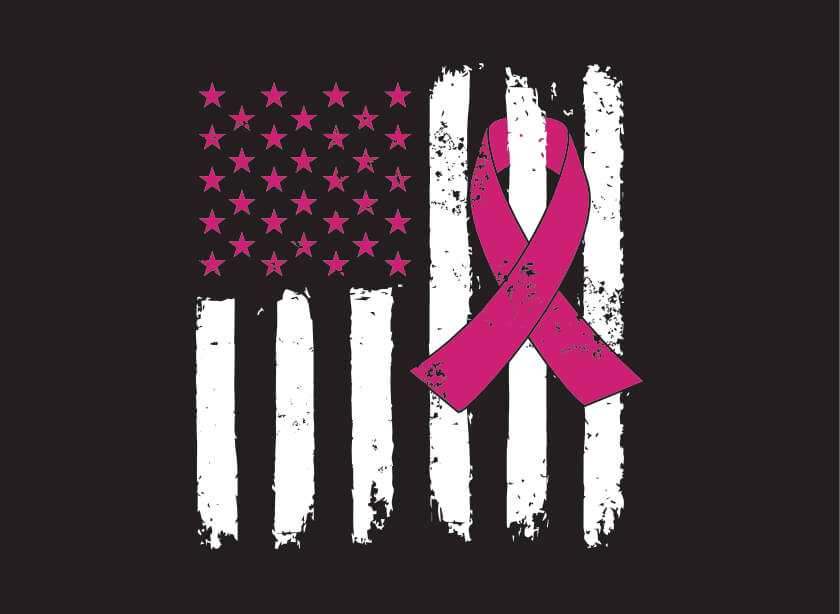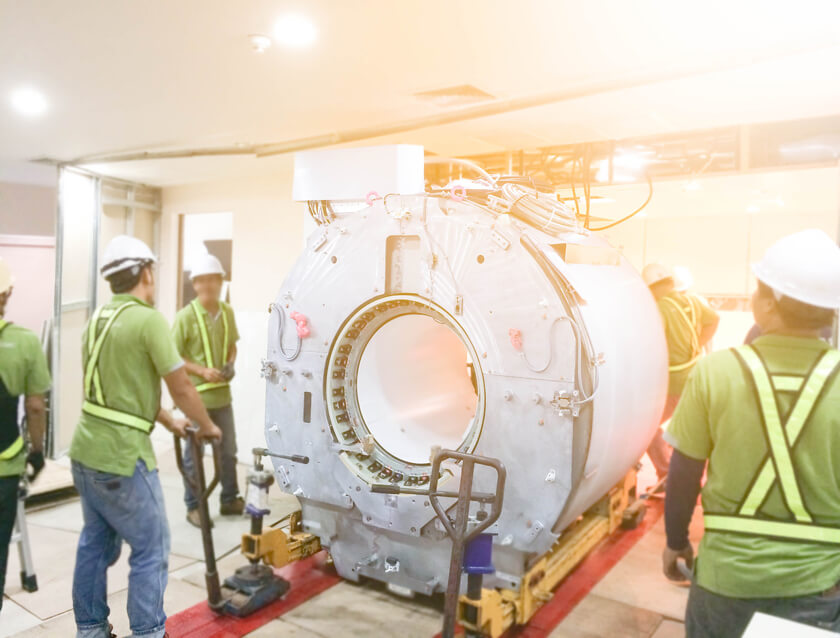
Forget BMI – Assessing Muscle Fat May Be Better Indicator of Health
Doctors have warned for years that carrying around extra body fat can increase the risk for serious diseases. Medical professionals have traditionally used body mass index (BMI) to describe the amount of body fat their patients have, but BMI is not always an accurate tool to evaluate health and the risk for weight-related diseases. In a recent study, researchers found that the amount of fat in a person’s muscles is a better predictor of health.
When we talk about body fat, most of us think of subcutaneous fat, which is the fat stored just beneath the skin. You can see and feel the subcutaneous fat around your belly, thighs, and buttocks. The rest of your body fat, known as visceral fat, is hidden in place you cannot see – including your muscles.
Health professionals typically use BMI to measure body fat. Basically, a nurse or other worker weighs the patient and measures their height, and then use the following formula to determine the patient’s BMI:
weight (lb) / [height (in)]2 x 703
Generally speaking, the higher the result, the more body fat a person has. Someone who has a BMI between 18.5 and 24.9 has a healthy amount of body fat, according to the Centers for Disease Control and Prevention (CDC), and anyone with a BMI of 25 or higher is overweight. Those with BMIs of 30 or higher are said to be obese. Higher BMIs are associated with an increased risk for heart disease, high blood pressure, type 2 diabetes, gallstones, breathing problems, and certain cancers.
While BMI is currently the benchmark for assessing body fat, it is not very accurate. Muscle weighs more than fat, so an athlete who has a high proportion of muscle may actually have a higher BMI than does a non-athlete who has a lot of belly fat.
The new study suggests using CT or MRI scans instead of the BMI formula to assess body composition.
Detecting Body Fat
The human body stores fat in a number of locations. About 90 percent of body fat is subcutaneous fat, which sits on top of your muscles and just beneath your skin. The remaining 10 percent is found in spaces surrounding the liver and other organs, and even in muscles.
The fat in muscles, known as intramuscular fat, is gaining attention for its role in human health. Fat can accumulate in muscles over time. Myosteatosis is a condition in which excess fat infiltrates the muscles. This excess intramuscular fat can decrease muscle mass, increase frailty, and negatively affect mobility in the upper and lower extremities.
Doctors use medical imaging with CT or MRI to evaluate myosteatosis. Since practitioners usually order medical imaging to diagnose illnesses in patients who are already sick, little is known about the health risks muscle fat poses to people who are seemingly healthy.
Researchers in this new study, published on May 16, 2023, wanted to determine if there was a link between excessive muscle fat and the risk of death. They also studied the risk of death associated with fatty liver disease (steatosis), muscle wasting (myopenia), and obesity.
The scientists performed a retrospective study of 8,982 adults who had undergone a routine screening for colorectal cancer between 2004 and 2016. The research team followed the participants for an average of 8.8 years after their screening; 507 participants died during this follow-up period. This information helped the researchers determine the absolute mortality risk, which is a measure that describes the chances that someone will die from a condition, of excess muscle fat.
The results of the study showed that 55 percent of the participants who died had myosteatosis. The absolute mortality risk of excess muscle fat 10 years after diagnosis is 15.5 percent, which means that more than 15 percent of people with myosteatosis will die within 10 years. The absolute mortality risk of obesity is just 7.6 percent, while the mortality risk associated with liver steatosis was 8.5 percent and myopenia was 9.7 percent.
While fatty liver disease, muscle wasting, and obesity increased the risk of death, muscle fat presented the highest absolute mortality risk. In fact, people with myosteatosis have about the same mortality risk as do smokers and those with type 2 diabetes.
The results of this study suggest that doing CT or MRI to determine the amount of muscle fat may be better than calculating a person’s BMI when it comes to assessing the patient’s overall risk of death.
For more information on the benefits of using medical imaging rather than BMI formulas for evaluating health, speak with a doctor or radiologist. While using a formula may be faster and easier, doing a CT or MRI to look for muscle fat may provide more information about a patient’s overall health.




